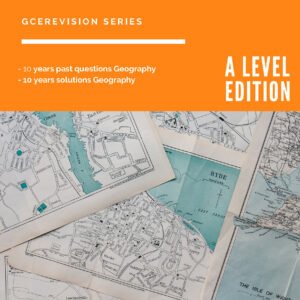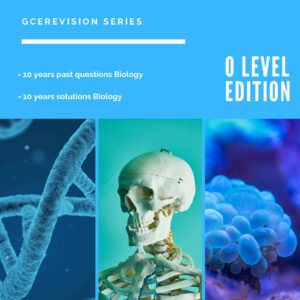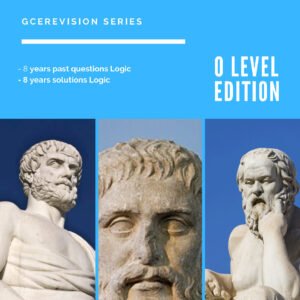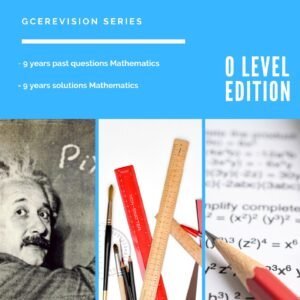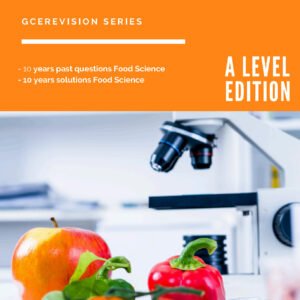To DOWNLOAD CAMEROON GCE JUNE 2002 Biology
Paper 2 click on the link below
June 2002
1. (a) Explain the role of the following in digestion in mammal
(i) Salivary glands (ii) oxyntic or parietal cells
(b) Describe the mechanism for the uptake of glucose, fatty acids and glycerol in the ileum.
(5, 10, 5 mks)
2. (a) What are the properties of the lung that makes it a good respiratory surface?
(b) How is oxygen in the environment made available to the cells of the following organisms for energy
production? (i) an insect (ii) a bony fish (iii) man
3. (a) state two main ideas which Mendel developed from his study of peas.
(b) Illustrate the principle of cross-over by reference to the behaviour of a pair of homologous chromosomes
in Drosophilia carrying the alleles grey body and long wings (both dominant O and black body and
vestigial wing (both recessive) during the formation of chiasmata
(c) A male Drosophilia homozygous for grey body and long wings was crossed with a female homozygous
for black body and vestigial wings. All the offspring obtained possessed grey bodies and long wings. .
The Ft males were mated with females having the same genetic makeup as the mother and they
produced the following offspring:
965 Drosophilia with grey bodies and long wings
206 Drosophilia with black bodies and long wings
185 Drosophilia with grey bodies and vestigial wings
944 Drosophilia with black bodies and vestigial wings
(i) Using suitable symbols to represent the alleles of the genes involved in the experiment, explain the
genotypes and phenotypes of Drosophilia in; the parental generation, the fl generation, offspring of the
final mating
(ii) The number of progeny showing recombination expressed as a percentage of the total number of offspring
obtained is termed the cross over value (COV) for the two loci involved. Determine the cross over value
for body colour and wing size characteristics. What does this value indicate?
(4,3,13 mks)
4. (a) define the following geological terms: (i) Edaphic factors (ii) Successior (iii) Microhabitat
(b) using examples all chosen from any one of the following ecosystems; fresh water pond, a school garden
or estuary, explain in details the following: (i0 pyramid of energy (ii) ecological niche (iii) intraspecific
competition (iv) decomposers (9,11 mks)
5. (a) Beans are a main source of proteins in many villages in Cameroon. Discuss the following stages of
development in beans (i) seed development (U) dormancy (iii) germination
(b) How would a farmer in Anyajua ensure that 11 good variety of beans is maintained? (16, 4 mks)
6. (a) for pregnancy to occur, viable and fertile gametes must be available. Describe the process of female gamete formation in Homo sapiens
(b) Describe the disadvantages of two methods of contraception.
(c) Discuss the possible problems a young girl of eleven years may encounter if she gets pregnant
7. (a) Explain why (i) xylem and (ii) phloem are referred to as compound tissues.
(b) Pygium africana is a perennial, whose bark is used to treat prostate cancer in man. How would you advise
the villagers on the harvesting of this bark so as to ensure a greater conservation of trees?
(12, 8 mks)
8. (a) Using named examples, distinguish between the following
(i) Single and double circulation (ii) Open and dosed circulation
(b) (i) What is HIV? (ii) How does HIV destroy the human immune system?
(12, 8 mks)


